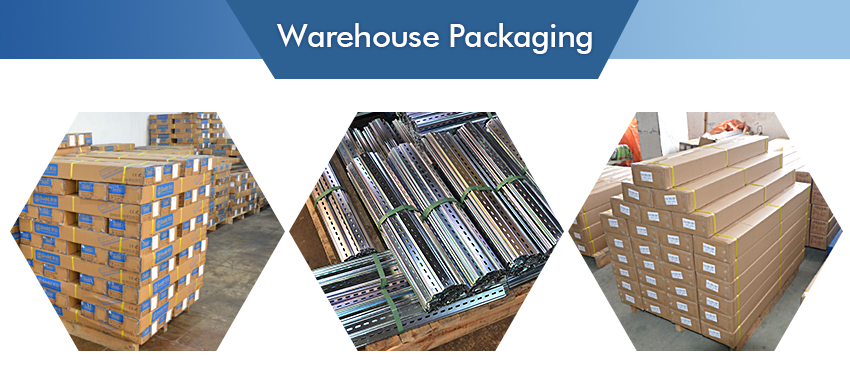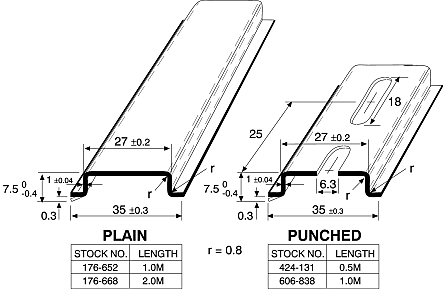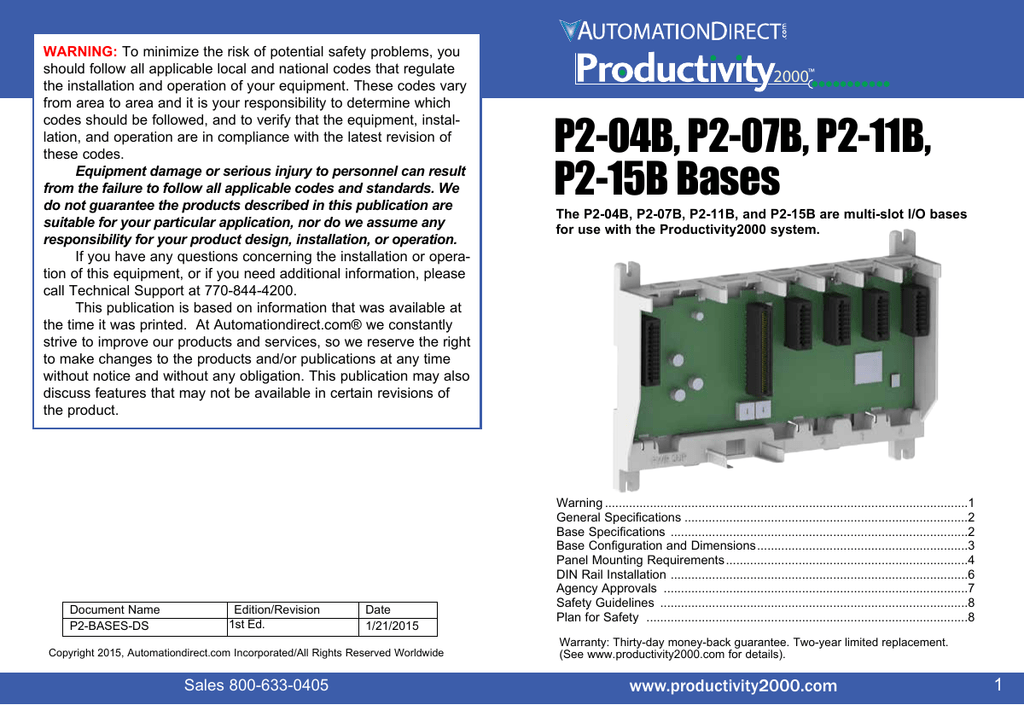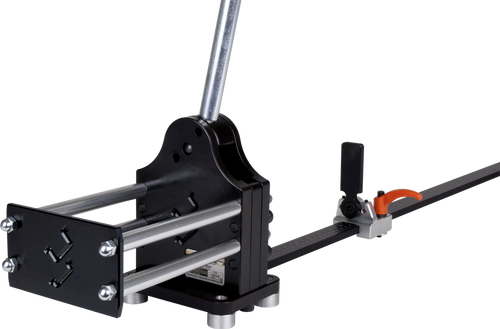Din Rail Slot Dimensions
What are DIN rails?

- DIN Rail, Slotted, Zinc Plated Steel, 35mm x 7.5mm x 1m. DIN Rail, Zinc Plated, Chromated Steel, 35 Millimeter x 7.5 Millimeter x 1 Meter. Available in select areas.
- Additional value added services offered include, PEM stud mounted and cut to length DIN rail (standard DIN rail lengths are 2 meters and 1meter). These services are beneficial if you lack the tools required to punching and cutting rail or just want to reduce installation time.

Slots are 6.2 x 18 mm on 25 mm centers Devices and equipment that has been designed to snap mount directly onto a DIN rail Standard dimensions of 35mmx7.5mm making it very easy to handle Solid or slotted rail for easy mounting. Ruggedized DIN-rail kit Compliant with IEC 61010-1 safety requirements Specifications Certification CE, FCC, UL 61010-2-201, CCC, BSMI Dimensions (W x D x H) 35 x 105 x 150 mm (1.4 x 4.1 x 5.9 in) Form Factor Small Enclosure Aluminum housing Mounting DIN-rail Weight (Net) 0.8 kg (1.7 lb) Power Requirement 10 36 V DC.


Din Rail Slot Dimensions Kits
DIN rails are the long metal strips that form the core part of a global industry standard component rail-mounting system in equipment cabinet racks. DIN rails are designed for securely attaching electrical and industrial control products - such as circuit breakers, terminal blocks, power supplies, actuators, solenoids and so on - inside a typical equipment rack housing cabinet or frame.
In this context, ‘DIN’ is an acronym that stands for Deutsche Institut für Normung, which translates into English as ‘German Institute of Standards’. The now-familiar rack-mounting system we see supporting components of all kinds in many industrial settings was first devised by the Germans in the late 1920s. It was more widely adopted and developed into its current form during the 1950s, initially by neighbouring European countries and then quite quickly taken up worldwide.
DIN rails exist purely for the purpose of physical (mechanical) component support, rather than as any sort of connective or conductive element within a wider electrical system. In other words, they are not busbars, although they can perform a grounding busbar role in certain scenarios.
Din Rail Slot Dimensions List
The advantages of a DIN rail system for mounting hardware components are numerous:
Din Rail Slot Dimensions Chart

- They save time and work - components simply snap or slide into place on the rail, rather than having to panel mount each individual component separately.
- They save space - DIN rails allow for tight configurations of components and provide a convenient site for bringing internal and external wiring circuits together, ideal in limited space applications
- They’re cost-effective, both in terms of DIN rail pricing itself and the potential it offers for high-density adjacent mounting - this can significantly reduce the overall amount of wiring and cabinet space needed
- They promote neat and well-organised component layout, which is better for all-round safety and maintenance access
- They adhere to universal sizing and mounting protocols - see below
Din Rail Slot Dimensions Guide
The real beauty of the DIN rail system is that it was designed (and has continually evolved) to work with to a series of universal standard widths and shapes of mounting hardware. The fact that DIN rail systems are today recognised as a range of fixed and consistent standards means that installers can be guaranteed dimensional uniformity across a whole suite of relevant products, regardless of whichever company is handling manufacture or supply of various individual parts.
Din Rail Slot Size
This level of cross-brand compatibility gives users of DIN rail systems the flexibility to mix and match components, without having to stick to a single proprietary model range to get the job done. Proprietary systems do exist, but they’re less widely used for precisely this reason.